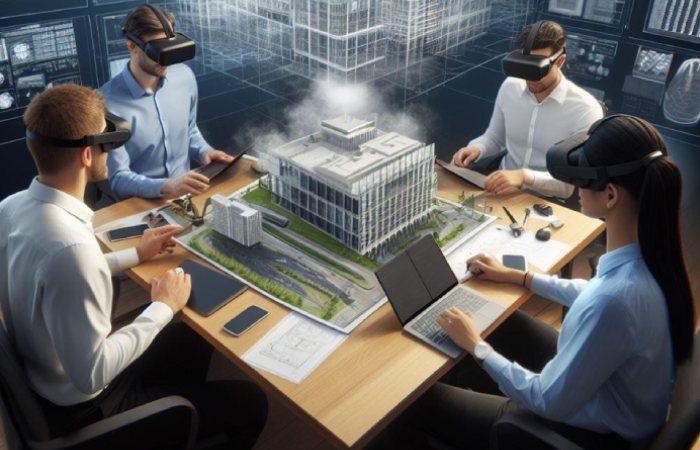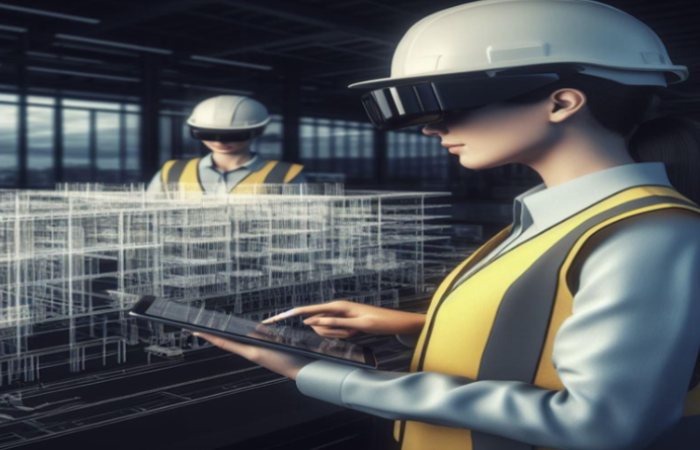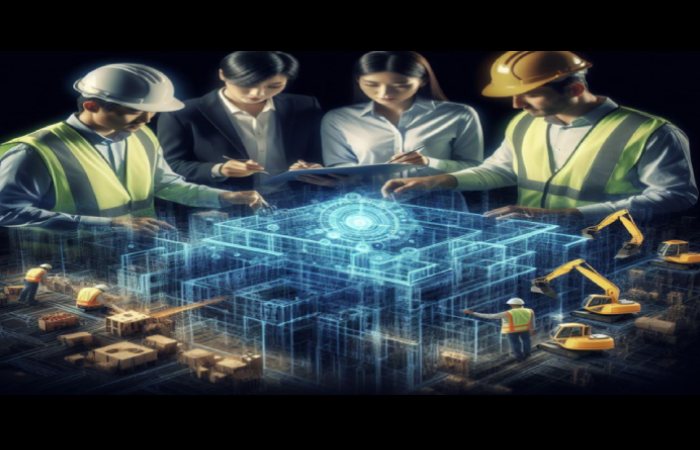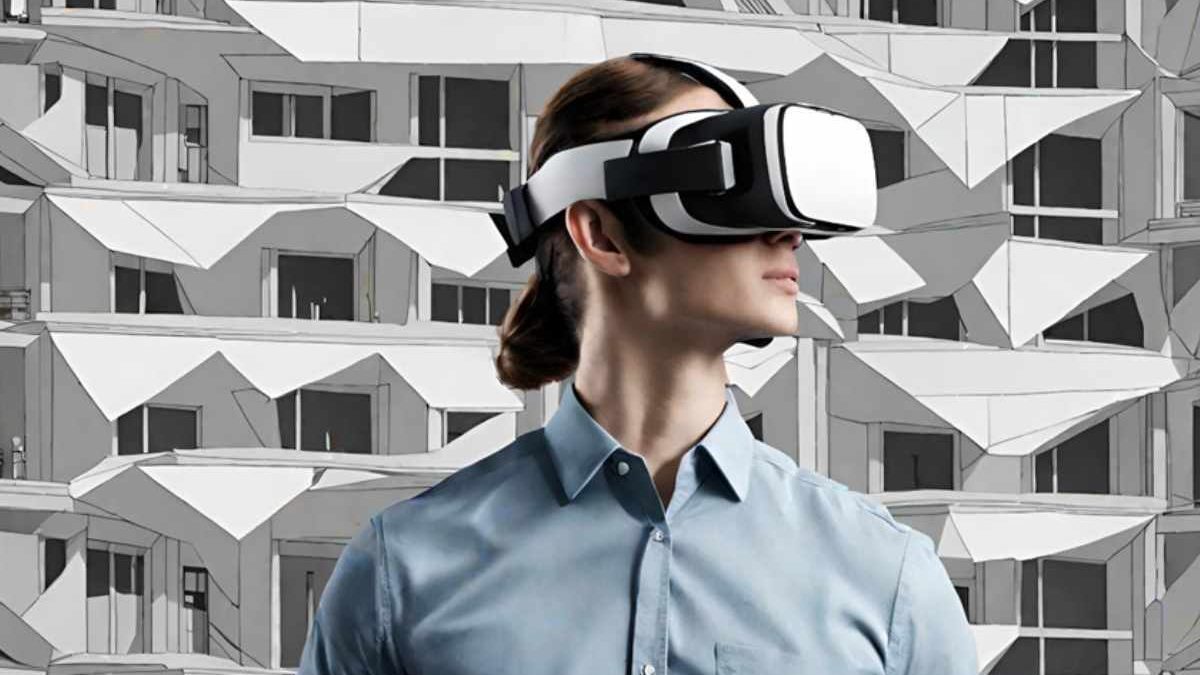In the ever-evolving landscape of the construction industry, two technologies are at the forefront of the digital revolution: Building Information Modeling (BIM) and Virtual Reality (VR). These tools are transforming the way construction projects are designed, managed, and executed, providing a more immersive and efficient approach to project delivery. By integrating BIM and VR, construction professionals can visualize projects in unprecedented detail, enhancing collaboration, reducing errors, and optimizing costs. Let’s explore how these technologies are revolutionizing the construction industry.
Table of Contents
The Dynamic Duo: BIM and VR in Construction
What is BIM?
Building Information Modeling (BIM) is a digital representation of the physical and functional characteristics of a facility. It serves as a shared knowledge resource, providing all stakeholders with a reliable basis for decision-making throughout the lifecycle of a project, from conception to demolition. BIM facilitates collaboration among architects, engineers, contractors, and other stakeholders by creating a comprehensive 3D model that includes detailed information about every aspect of the building.
What is VR?
Virtual Reality (VR) is a computer-generated environment that allows users to interact with and experience a simulated world. In construction, VR enables stakeholders to immerse themselves in a virtual representation of the project, providing a realistic perspective that is not possible with traditional 2D drawings or even standard 3D models.
When combined, BIM and VR provide an unparalleled level of insight and collaboration, transforming how construction projects are planned, designed, and executed.
Enhancing Construction Project Management with VR

Design and Engineering Phase
During the design and engineering phase, VR allows stakeholders to walk through the project as if it were already built. This immersive experience helps identify potential design flaws and spatial issues early in the process. For example, architects can ensure that hospital layouts provide clear lines of sight for medical staff, improving functionality and safety. By experiencing the design in VR, stakeholders can provide feedback and make adjustments before construction begins, reducing the likelihood of costly changes later on.
Cost Estimation and Scheduling
Integrating BIM data into VR environments helps estimators and planners visualize the project in detail, ensuring that cost estimates and schedules are accurate and realistic. By visualizing the construction process, teams can identify potential bottlenecks and optimize workflows, leading to more efficient use of resources and time. This integration also facilitates smoother communication among all participants, reducing misunderstandings and ensuring everyone is on the same page.
Coordination and Construction
VR enhances coordination by providing a clear, real-time view of the BIM model in a virtual environment. This is particularly useful for complex projects involving multiple stakeholders with different objectives. For example, in an airport project, VR can help visualize traffic flow and logistical challenges, ensuring that the needs of passengers, staff, and security personnel are all considered. By using VR to simulate construction sequences, teams can anticipate issues and adjust plans accordingly, minimizing disruptions and delays.
Facilities Management and Operations
Once construction is complete, VR continues to add value during the facilities management phase. Maintenance staff can use VR models to familiarize themselves with the building’s layout and equipment locations, enhancing safety and efficiency. BIM data integrated into VR environments provides detailed information about building components, aiding in the creation of comprehensive maintenance schedules and safety plans.
Benefits of Combining BIM and VR in Construction

Early Error Detection
Combining BIM and VR allows for the early detection of errors and clashes that might be overlooked in traditional 2D drawings or even standard 3D models. By visualizing the project in VR, stakeholders can identify and address issues before construction begins, saving time and reducing costs associated with rework.
Cost and Schedule Optimization
The integration of VR into BIM workflows optimizes both costs and schedules. VR enables more accurate project planning and design, reducing the likelihood of errors and delays. This leads to more efficient use of resources and better project outcomes.
Improved Collaboration
VR fosters improved collaboration by providing a shared, immersive environment where stakeholders can experience the project together. This enhances communication and understanding, leading to more informed decision-making and better project outcomes.
Increased Quality of Delivery
The combination of BIM and VR ensures higher quality project delivery by facilitating better communication and collaboration among all stakeholders. This leads to fewer errors, more accurate budgeting, and a clearer understanding of project goals and requirements.
Reduced Rework
By identifying and addressing issues early in the design phase, BIM and VR significantly reduce the need for costly rework during construction. This not only saves time and money but also ensures a smoother construction process.
Enhanced Client Engagement
Clients often find it challenging to visualize complex construction projects based on traditional drawings. VR provides an immersive experience that allows clients to explore and understand the project in detail. This enhances client engagement and satisfaction, as they can provide input and make informed decisions throughout the project lifecycle.
Overcoming Challenges in the Construction Industry with BIM and VR

The construction industry faces numerous challenges, including high costs, long timelines, and complex coordination among various stakeholders. BIM and VR address these challenges by streamlining workflows, improving communication, and providing a more accurate and detailed view of the project.
High Costs and Timelines
By optimizing design and construction processes, BIM and VR help reduce costs and timelines. Accurate, real-time data from BIM models combined with the immersive experience of VR allows for better project planning and execution, minimizing delays and cost overruns.
Coordination and Communication
BIM and VR improve coordination and communication by providing a shared platform where all stakeholders can collaborate. This reduces misunderstandings and ensures that everyone is working towards the same goals, enhancing overall project efficiency.
Digital Transformation
As the construction industry continues to embrace digital transformation, BIM and VR are becoming essential tools for modern construction management. These technologies enable companies to stay competitive by improving accuracy, efficiency, and collaboration.
The Future of Construction with BIM and VR
The integration of BIM and VR is just the beginning of a larger digital transformation in the construction industry. As these technologies continue to evolve, we can expect even greater improvements in project delivery, efficiency, and collaboration. The future of construction lies in the continued adoption and integration of innovative technologies like BIM and VR, driving the industry towards a more connected, efficient, and sustainable future.
Are you ready to embrace the future of construction with BIM and VR? Discover how these technologies can transform your projects and set you on the path to success. Visit Techture to learn more about their cutting-edge solutions and how they can help you achieve your construction goals.

